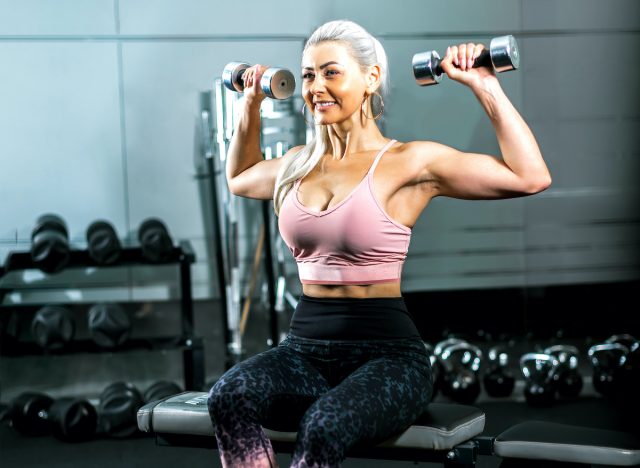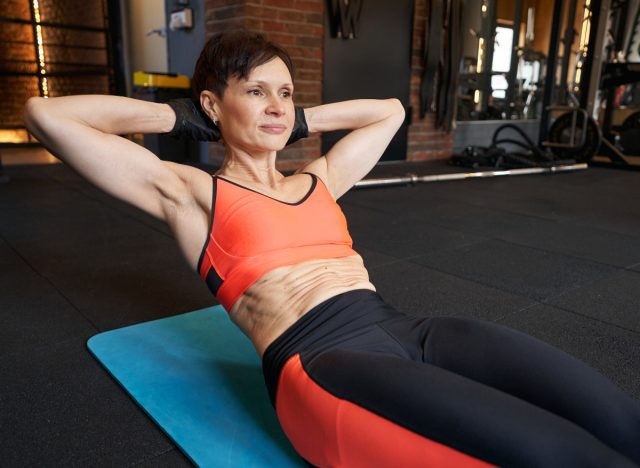Keeping well-defined abdominal muscles as you get older can be tough, but it is entirely achievable. The significance of this goes beyond just looks. Developing and safeguarding core strength can improve your stability, posture, overall strength, and your ability to carry out daily activities effortlessly. This article features insights from a fitness and nutrition expert who offers valuable advice on how to maintain strong abs as you age. By making essential adjustments to your routine like eating a healthy diet, engaging in weight training, and doing exercises that target your core, you can make a significant difference in maintaining your ab muscles.
Table of Contents
How To Maintain Your Abs as You Age

Dr. Chris Mohr, a fitness and nutrition consultant at Fortune Recommends, points out that effective strategies include following a well-balanced diet tailored to your needs, consistent core-focused workouts, and boosting your overall energy expenditure. A balanced diet is crucial for managing body fat levels, especially since our metabolism tends to slow down as we age. Your exercise regimen should incorporate weight training to help build and preserve muscle mass, along with specific core exercises like crunches and planks.
These fundamental practices can help improve your core strength and stability, which are vital for sustaining overall muscle strength as you grow older. It is essential to maintain consistency with these habits as regular exercise routines can adapt well to your body’s changes, aiding in fat management and the preservation of lean muscle mass.
How Does Age Affect Core Strength and Abdominal Definition?

“Age can impact core strength and abdominal definition as muscle mass naturally decreases and fat distribution may increase around the midsection,” Dr. Mohr tells us. “The connective tissues in the abs also become less elastic, making it harder to maintain muscle tone.”
To tackle these changes head-on, it’s essential to tweak your ab routine by increasing the variety of exercises so your muscles are continuously challenged. This addresses the natural muscle loss due to aging, also known as sarcopenia.
“Incorporating resistance training alongside cardiovascular exercises can also be beneficial as it aids in preserving muscle mass,” Dr. Mohr adds. “Focusing on proper form and potentially reducing the intensity but increasing the volume also can make routines safer and more sustainable in the long term.”
Why Preserving Core Strength as You Age Matters

Maintaining a solid core as you grow older is crucial for daily functioning and independence. It promotes better posture, decreases the risk of falls by improving balance, and decreases the amount of strain placed on your spine, which, in turn, reduces back pain, a common issue among the older adult population.
“Given that core muscles are central to most body movements, enhanced core strength supports the ability to remain independently mobile and active, which significantly impacts quality of life as we age,” Dr. Mohr says.






